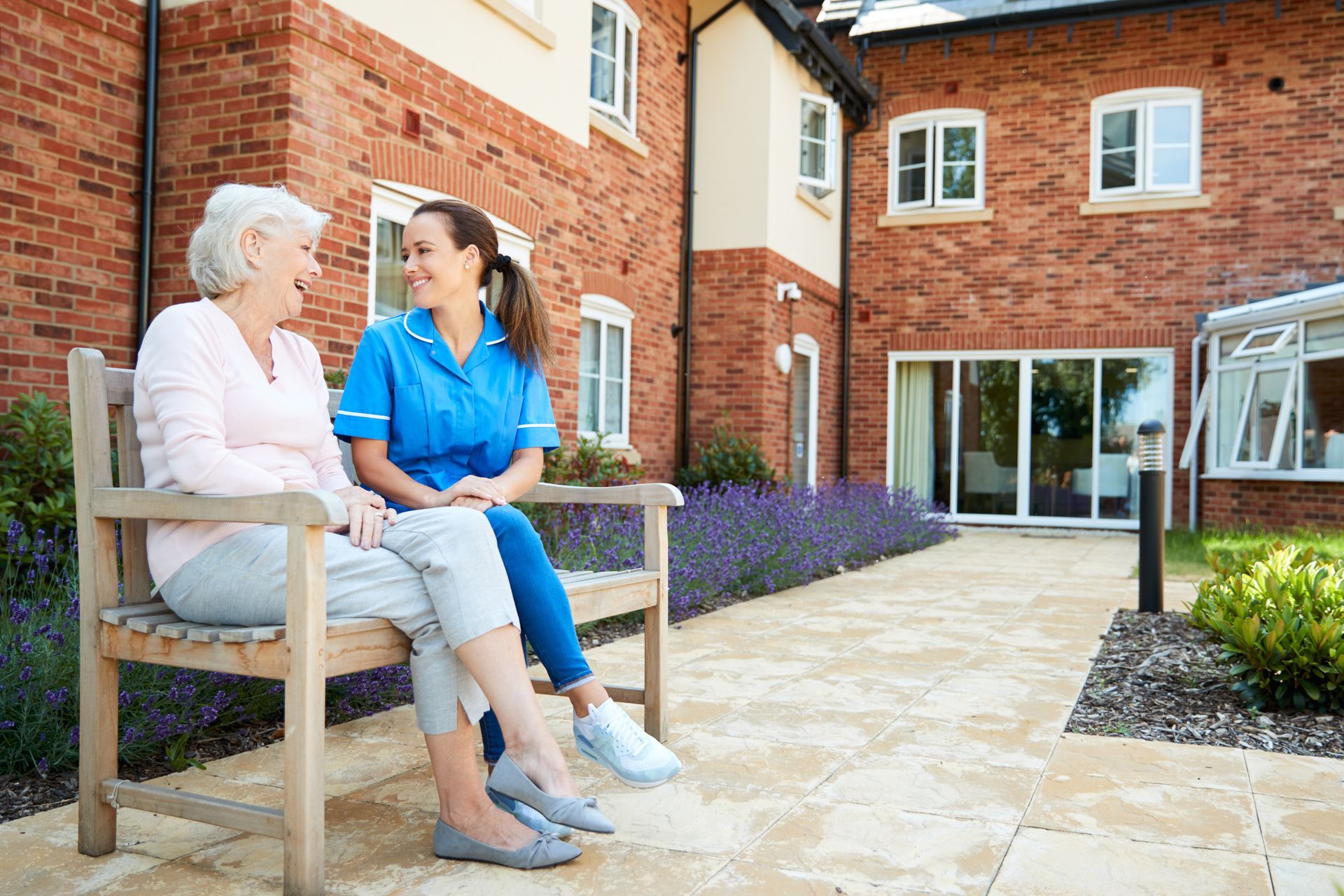BLOG
A Closer Look at Senior Living Care Options
It is understandable that many people who are considering senior living for themselves or for an older loved one are confused about just what is out there. What types of care are available? What is the difference between each of the senior living care options? And which is the right choice?
Having at least a basic understanding of each of the senior living care options will help you feel more confident as you carefully consider your decision.
Senior living care options: understanding what’s available
• Independent Living is ideal for active older adults who require little daily assistance, but seek a vibrant social community without the hassle of chores and home upkeep. If you are successfully living independently now, you would most likely feel comfortable in an independent living setting. On-site medical care is typically not offered in this senior living care option. If assistance with activities of daily living is needed, or there are serious health issues to manage, independent living may not be the best fit.
You can typically expect:
- A range of accommodations from apartments to free-standing cottages
- Carefree living with restaurant-style dining, housekeeping, laundry services and transportation
- A variety of social opportunities, activities and clubs
- Amenities that include concierge services, a pool, fitness center, library and onsite beauty and barber salon
• Assisted Living is a type of senior living that provides housing, personalized care and support with activities of daily living. The goal is to help you remain independent and enjoy an engaging, purposeful life. No longer burdened by home upkeep or maintenance, you are free to explore your new lifestyle and all its benefits. Assisted living is not for those with medical considerations that require around-the-clock skilled nursing care.
You can typically expect:
• Personalized care with bathing, dressing, eating and medication as well as onsite medical care to ensure the right amount of support
• The comfort of a homelike setting without the worry of home upkeep, cooking, cleaning and yard maintenance
• Features that include spacious accommodations, 24-hour supervision and security as well as transportation, in addition to amenities such as a pool, fitness center and onsite beauty salon
• Daily social opportunities through a range of scheduled programs, activities and outings
• Memory Care is specifically designed to nurture and support those with Alzheimer’s disease and dementia. A memory care setting can provide a secure, structured environment with set routines and purposeful design to lower stress. The goal is to acknowledge each person’s story, as well as who they still are, and help them enjoy improved quality of life.
You can typically expect:
• Staff specifically trained to assist those with Alzheimer’s and dementia
• 24-hour supervision and layouts that are easy to navigate
• Therapy, structured activities and programs with social opportunities
• Features that include comfortable private or semi-private rooms, housekeeping and laundry service as well as emergency call systems and health monitoring
• Skilled Nursing offers 24-hour supervised care, a licensed physician or nurse on site, as well as physical, speech and occupational therapists. This environment is ideal for those with chronic health conditions or incontinence, who require dispensing and monitoring intravenous medications and/or who are recovering after a surgery or hospitalization.
You can typically expect:
• Comfortable private or semi-private rooms with round-the-clock care and assistance with daily living
• Health monitoring and medication management
• Exercise programs, social opportunities and activities
• Features such as housekeeping, laundry service, three daily meals, onsite beauty salon and transportation
Next steps
Now that you can see how the senior living care options differ, you’ll be able to think more clearly about what might work best for you or your loved one.
How Assured Senior Living is different
From our compassionate, holistic care model, to our expertly-trained staff, to our neighborhood community design—we’re setting a new standard in senior living and care. Whether your loved one with dementia needs care that’s personalized, positive, and purposeful, or you’re searching
for long-term care that offers supportive, responsive assistance for a loved one with a traumatic brain injury, Assured Senior living is here for you.
A beautiful home for beautiful minds.
Download our free guide,
Family Decision Toolkit.
Or
contact us
today.















